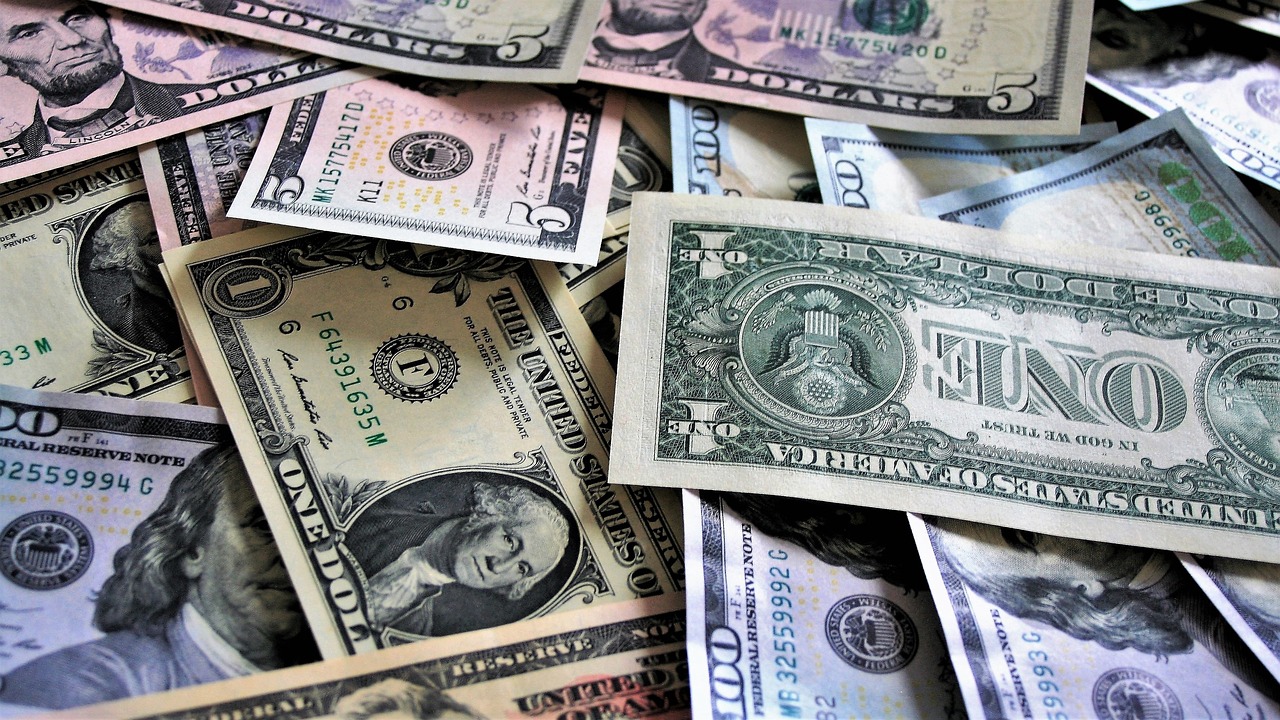The Canadian Dollar: Uncovering its Currency, Exchange Rate, and Unique Features
GPT_Global - 2024-01-25 21:30:04.0 719
What currency is used in Canada?
If you are planning to send money to your loved ones in Canada, it is important to know what currency is used in the country. Canada’s official currency is the Canadian dollar (CAD). This currency is also commonly referred to as the “loonie” because of the loon bird that is featured on the one-dollar coin.
The Canadian dollar is divided into 100 cents. The most commonly used denominations for coins are 5 cents (nickel), 10 cents (dime), 25 cents (quarter), 50 cents (half-dollar) and 1 dollar (loonie). Banknotes, on the other hand, come in the following denominations: 5 dollars, 10 dollars, 20 dollars, 50 dollars, and 100 dollars.
If you are planning to send money to Canada, it is important to keep in mind the exchange rate between your local currency and the Canadian dollar. This will help you calculate the amount of CAD your recipient will receive and ensure that they receive the correct amount without any unexpected fees or charges.
There are various ways to send money to Canada, and it is important to consider which method is best for you and your recipient. Some popular options include bank transfers, online money transfer services, and international remittance companies.
In addition to knowing the currency and exchange rate, it is also important to consider the fees and charges associated with each method. With bank transfers, fees may vary depending on the financial institution you use, while online money transfer services and remittance companies often have fixed fees for their services.
When sending money to Canada, it is crucial to prioritize safety and security. Make sure to choose a reputable service provider and always double-check the details before completing the transaction. With the right knowledge and preparation, sending money to Canada can be a smooth and hassle-free process for both you and your loved ones.

How does the Canadian dollar compare to other currencies?
The Canadian dollar, or CAD, is the official currency of Canada. It is a floating currency, which means its value is determined by market forces such as supply and demand.
Compared to other major currencies, the Canadian dollar has a relatively stable exchange rate. For example, as of May 2021, 1 Canadian dollar is equivalent to 0.82 US dollars. This means that Canadians can get more value when converting their money into other currencies.
In addition, the Canadian dollar is highly recognized in the international market. It is one of the top ten most traded currencies globally and is widely accepted in many countries, making it an ideal currency for international transactions.
The Canadian dollar's strength is also reflected in its consistent performance against other major currencies over the years. Despite fluctuations due to economic and political events, the CAD has maintained a strong position in the global market, which can be attributed to Canada's stable and diversified economy.
For individuals and businesses involved in remittance, the Canadian dollar offers an attractive option for sending money abroad. With its stable value and widespread recognition, it ensures that the recipient receives the intended amount with minimal loss due to currency exchange.
In conclusion, the Canadian dollar is a well-respected and stable currency that holds its ground against other major currencies. Its strength and reliability make it an excellent choice for remittance transactions, providing security and convenience for both the sender and recipient.
What is the exchange rate for Canadian dollars?
Are you looking to send money to Canada? As a remittance business, we understand the importance of knowing the current exchange rate for Canadian dollars. This will help you make informed decisions when it comes to sending money to your loved ones or conducting international business transactions.
The exchange rate for Canadian dollars is determined by various economic factors, such as inflation rates, interest rates, and political stability. These factors can cause the exchange rate to fluctuate on a daily basis. Therefore, it is crucial to stay updated on the current exchange rate before making any transactions.
Currently, the exchange rate for Canadian dollars is around 1.33 USD. This means that for every one Canadian dollar, you would receive approximately 0.75 USD. However, this rate may vary depending on the currency converter you use and the fees charged by different remittance providers.
It is also important to note that the exchange rate for Canadian dollars may be different for different countries. For example, the exchange rate may be slightly higher if you are sending money from the United States compared to sending money from Europe.
When choosing a remittance provider, make sure to compare the exchange rates offered by different companies. Look for a provider who offers competitive rates and minimal fees. This will ensure that you get the most out of your money and your loved ones receive the full amount without being charged excessive fees.
In conclusion, the exchange rate for Canadian dollars is an essential factor to consider when sending money to Canada. Make sure to stay updated on the current rate and choose a reliable remittance provider to ensure that your money is transferred efficiently and at a reasonable cost.
What are the different denominations of Canadian bills and coins?
When it comes to Canadian currency, there are a variety of denominations for both bills and coins. This is important for those in the remittance business to be familiar with, as you will come across these different denominations when handling transactions.
The most commonly used bill is the $20 note, which features a portrait of Queen Elizabeth II on one side and various images representing Canada on the other. The next highest denomination is the $50 bill, also adorned with the same images. Finally, there is the $100 bill, featuring a portrait of former Prime Minister Sir Robert Borden and images of Canada's history and culture.
As for coins, the most frequently used is the toonie, a two-dollar coin featuring an image of a polar bear. The loonie, a one-dollar coin with a loon on one side and Queen Elizabeth II on the other, is also widely used. Other coins include the 25 cent, 10 cent, 5 cent, and 1 cent pieces. The latter is also known as a "penny" and has recently been phased out of circulation.
It is important to be familiar with these different denominations when working in the remittance business to ensure that you are accurately handling transactions and providing customers with the correct change. Keeping track of changes in currency is also vital for staying up-to-date with the latest financial trends in Canada. Knowing the ins and outs of Canadian bills and coins will help you provide efficient and reliable service to your clients.
Are there any features on Canadian money that make it unique or identifiable?
When it comes to Canadian money, there are a few notable features that make it unique and easily identifiable. These features not only make it easier for Canadians to handle their currency, but also help individuals who may be sending or receiving money through a remittance business. Let's take a closer look at some of these distinct characteristics.
First and foremost, Canadian money is highly distinguishable due to its bright and bold colors. Unlike other currencies, which often have similar shades and designs, Canadian bills are color-coded based on denomination. The $5 bill is blue, the $10 bill is purple, the $20 bill is green, the $50 bill is red, and the $100 bill is brown. This makes it easier to quickly identify the value of a bill without having to read the numbers.
Another unique feature of Canadian money is the use of braille dots on its bills. In order to make the currency more accessible for visually impaired individuals, each bill has a series of six raised dots in the top right corner. These dots represent the bill's denomination, with one dot for $5, two dots for $10, and so on. This simple addition to the bills ensures that all Canadians are able to confidently handle their money.
In addition to these visual cues, Canadian money also incorporates advanced security features to prevent counterfeiting. For example, each bill has a holographic stripe that displays different images depending on the angle at which it is viewed. The bills also have a raised ink coating, making them difficult to replicate via photocopiers or printers. These measures give Canadians peace of mind when using their money, as well as individuals sending or receiving money through remittance businesses.
In conclusion, the features on Canadian money are not only unique and identifiable, but also serve practical and important purposes. The combination of bright colors, braille dots, and security features make Canadian currency stand out in the international market. These characteristics make it easier for Canadians to handle their money and provide a sense of security for those using remittance services.
About Panda Remit
Panda Remit is committed to providing global users with more convenient, safe, reliable, and affordable online cross-border remittance services。
International remittance services from more than 30 countries/regions around the world are now available: including Japan, Hong Kong, Europe, the United States, Australia, and other markets, and are recognized and trusted by millions of users around the world.
Visit Panda Remit Official Website or Download PandaRemit App, to learn more about remittance info.



